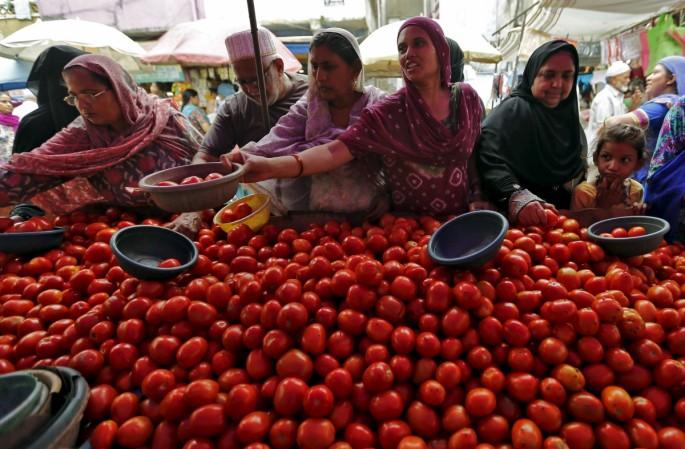
Environmental deviations are costing India almost about $10 billion (Rs 1000 crore) each year and if the extreme weather conditions continue, the agricultural sector is expected to take a bigger hit from 2020.
The agricultural ministry had recently said that decline in the productivity of the major crops will be marginal in the next few years but could also rise to about 10-40 percent by the year 2100, unless the farming activity adapts to the climatic changes, The Times of India reported.
According to the recent economic survey estimates, India incurs losses of about $ 9-10 billion annually due to extreme weather events. Out of this, nearly 80% losses remain uninsured. The survey also pointed out that 2014 floods in Kashmir cost more than $15 billion.
About 130 people have died in western and northeastern parts of India and millions of people have been affected by floods that have submerged villages, washed away crops, destroyed roads and disrupted power and phone lines.
Production of major crops such as wheat, rice, oilseeds, pulses, fruits and vegetables will decline over the years forcing farmers to either adapt to the climate change or become even poorer. Adaptation will require modification of the cropping patterns and more technological inputs from the government.
However, if the productivity of such major crops declines, it will not just affect the farmers primarily, but the effect will also pass on to the service class people. Food prices in general will rise to a great extent. Very high inflation can also cloud the overall economic outlook of the country.

A recent surge in the cost of vegetables and fruits, especially tomatoes and onions are already causing price pressures to bubble. Food accounts for 46 percent of India's consumption basket and plays a big role in determining headline inflation.
Indian agriculture faces a technological challenge and productivity of crops such as rice is nothing compared with neighbours like China. Hence, a further plunge in the farming productivity driven by extreme weather events will add a lot of stress and India could turn into a major importer of milk and pulses. By 2030, the country's food grain consumption may increase by 65 million tonnes, according to reports.

















